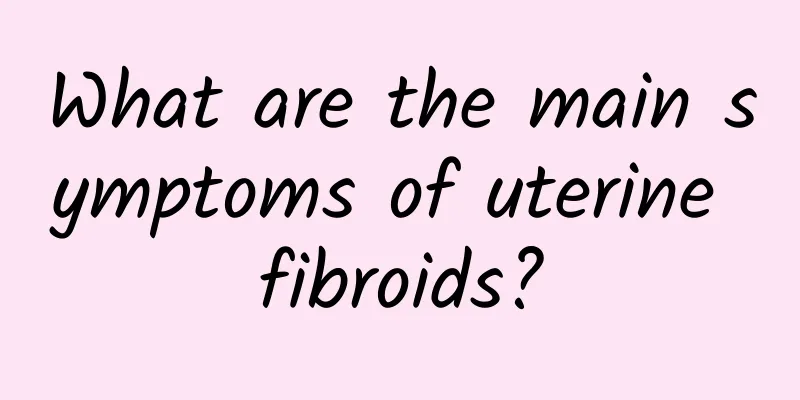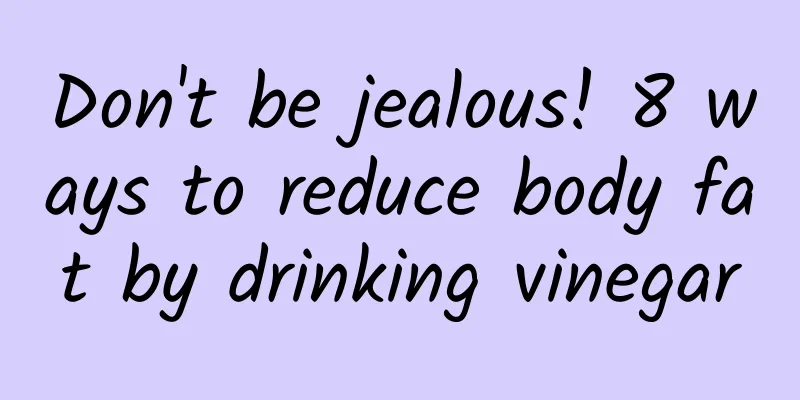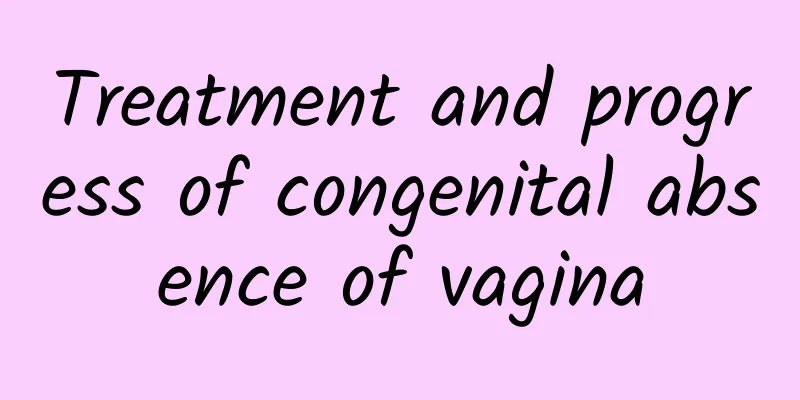What are the main symptoms of uterine fibroids?

|
Women in menopause must pay attention, because at this time they are more susceptible to diseases such as uterine fibroids. Uterine fibroids are a type of multiple benign tumors, but they also have the possibility of malignant transformation. Therefore, patients should detect and determine the treatment plan for uterine fibroids in the early stage. Therefore, it is essential to understand the symptoms of uterine fibroids in the early stage, which can help us treat this type of uterine disease more promptly. The symptoms of uterine fibroids vary according to various factors such as the location of tumor growth. Some patients may have no obvious symptoms, so this is often not conducive to the treatment of uterine fibroids. The main symptoms of uterine fibroids include: Most uterine fibroids will cause changes in menstruation, usually excessive menstrual bleeding, prolonged menstruation, shortened physiological period, etc. Due to the different growth locations and sizes of uterine fibroids, different compression symptoms may occur. Because uterine fibroids change the morphology of the uterine cavity, or because fibroids hinder the implantation of fertilized eggs, or because uterine fibroids grow in the uterine angle, hindering sperm from entering the fallopian tube, and uterine fibroids are complicated by ovarian dysfunction, etc., infertility can be caused. When there are superficial ulcers on the surface of submucosal fibroids, leucorrhea may increase. Purulent leucorrhea may occur when combined with infection. Uterine fibroids can make patients feel as if something is pressing on their abdomen, and sometimes this pressure is quite severe. Some patients can feel a pear-sized lump in the lower abdomen, which is more obvious in the morning when the bladder is full. Excessive menstrual flow or prolonged menstruation is caused by uterine fibroids that enlarge the uterus, increase the area of the endometrium accordingly, or excessively thicken the endometrium, hindering uterine contraction. These obvious menstrual changes mostly occur in submucosal fibroids and intramural fibroids. A small number of patients may experience dysmenorrhea or lower abdominal pain. It can be said that there are many symptoms of uterine fibroids. These symptoms alone seem to have nothing to do with uterine fibroids, but if there are multiple similar symptoms, it should be taken seriously. However, it is not very reliable to detect uterine fibroids only by symptoms. Regular diagnosis is also needed to detect the disease early. |
<<: What are the symptoms and dangers of endometriosis
>>: What to pay attention to after ovarian cyst surgery
Recommend
There are three main causes of ovarian cysts
Ovarian cyst is a common gynecological disease an...
What are the treatments for cervical hypertrophy?
Cervical hypertrophy is a type of chronic cervici...
What are the drugs for treating uterine fibroids?
If uterine fibroids are not treated in time, it w...
Is chocolate cyst likely?
Is chocolate cyst a possibility? Chocolate cyst i...
Causes of vulvar leukoplakia
Many people don't know much about the disease...
What factors are mainly responsible for dysmenorrhea?
The phenomenon of dysmenorrhea continues to occur...
Patients with cervical hypertrophy generally experience mild cervical erosion
Patients with cervical hypertrophy generally have...
Will using the emergency contraceptive pill mifepristone affect menstruation?
Will using the emergency contraceptive pill mifep...
Detailed explanation of the treatment methods for cervical erosion
The treatment of cervical erosion has always been...
Why is menopause difficult to cure?
Many women have to experience menarche and menopa...
Is adnexitis serious?
Is adnexitis serious? Women's appendages main...
Precautions after chocolate cyst surgery
After the operation of ovarian chocolate cyst, it...
What diseases can premature ovarian failure prevent?
What diseases can premature ovarian failure preve...
Ovarian cysts can cause female infertility
Ovarian cysts are common tumors of the female rep...
Early symptoms of ectopic pregnancy
What are the early symptoms of ectopic pregnancy?...









